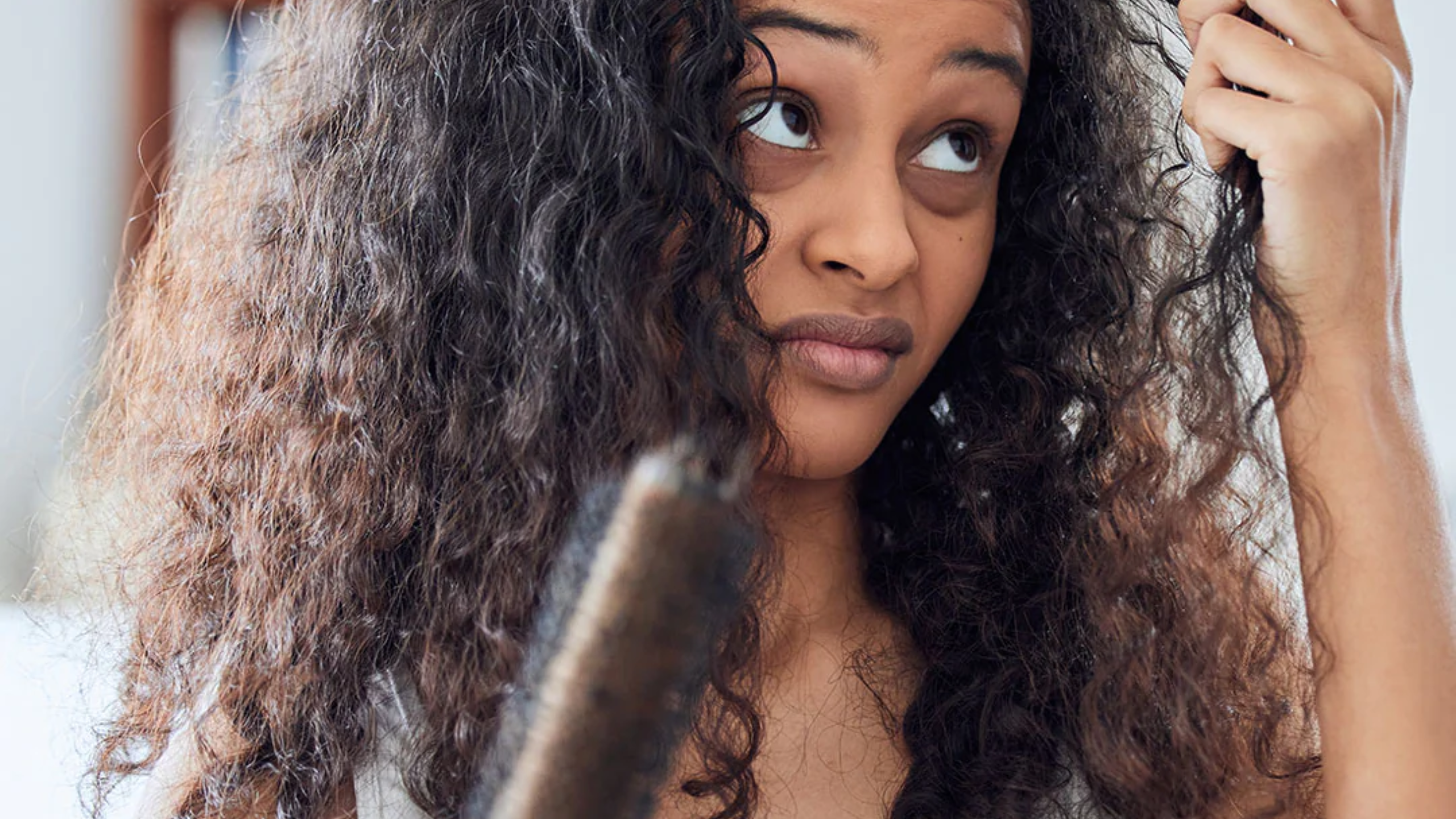Introduction
Frizziness is a common hair condition that affects many individuals. It refers to the state of hair being unruly, tangled, and prone to flyaways. In this article, we will explore the history of frizziness, the work of frizziness practitioners, the principles behind frizziness, various types of frizziness, the benefits of frizziness, and possible treatments.
History of Frizziness
The history of frizziness can be traced back to ancient civilizations. In ancient Egypt, for example, frizziness was considered a sign of beauty and was often achieved through the use of oils and natural ingredients. Throughout history, different cultures have had their own methods of managing frizziness, including the use of herbal remedies, styling techniques, and specialized tools.
What Frizziness Practitioners Do
Frizziness practitioners, also known as hair stylists or hairdressers, are professionals who specialize in managing frizzy hair. They have a deep understanding of the causes and characteristics of frizziness and are skilled in providing solutions to minimize its effects. These practitioners assess the individual’s hair type, texture, and specific needs to develop personalized strategies for managing frizziness.
Principles of Frizziness
The principles of frizziness revolve around understanding the underlying causes and implementing effective techniques to control and manage the condition. Some key principles include:
- Hydration: Keeping the hair well-moisturized is crucial in reducing frizziness. This can be achieved through the use of hydrating shampoos, conditioners, and leave-in treatments.
- Protection: Shielding the hair from environmental factors such as humidity, heat, and UV rays helps prevent frizziness. This can be done by using protective serums, sprays, or wearing a hat or scarf.
- Gentle Styling: Avoiding harsh brushing, excessive heat styling, and tight hairstyles can minimize frizziness. Using wide-toothed combs, heat protectants, and opting for looser hairstyles are recommended.
- Regular Trimming: Regular hair trims help remove split ends and maintain healthier hair, reducing frizziness.
Various Types of Frizziness
Frizziness can manifest in different forms, depending on the individual’s hair type and condition. Some common types of frizziness include:
- Static Frizz: This occurs when the hair becomes charged with static electricity, resulting in flyaways and an overall unruly appearance.
- Humidity-Induced Frizz: Humidity causes the hair to absorb moisture from the air, leading to swelling of the hair shaft and frizziness.
- Chemical-Induced Frizz: Overexposure to harsh chemicals, such as those found in certain hair products or treatments, can cause the hair to become dry, brittle, and prone to frizziness.
- Damage-Related Frizz: Excessive heat styling, frequent coloring, and lack of proper hair care can lead to damage-related frizz, where the hair loses its natural shine and becomes frizzy.
Benefits of Frizziness
While frizziness is often seen as a nuisance, it also has its benefits. Frizzy hair tends to have more volume and texture, allowing for versatile styling options. Additionally, frizzy hair can provide a natural barrier against UV rays, protecting the scalp from sun damage.
Possible Treatments
There are several treatments available to manage frizziness and achieve smoother, more manageable hair:
- Deep Conditioning Treatments: These treatments help restore moisture and nourishment to the hair, reducing frizziness.
- Keratin Treatments: Keratin treatments involve the application of a protein-based solution to the hair, smoothing out the cuticles and reducing frizz.
- Anti-Frizz Serums and Creams: These products are designed to provide a protective coating to the hair, minimizing frizziness and enhancing shine.
- Hair Masks and Oils: Regular use of hydrating masks and oils can help improve the overall health and manageability of frizzy hair.
Conclusion
Frizziness is a common hair condition that has been a part of human history for centuries. With the help of frizziness practitioners and the implementation of effective principles and treatments, individuals can manage and embrace their frizzy hair, achieving smoother, healthier locks.



